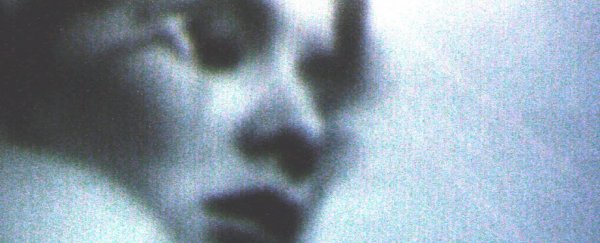Scientists have known for decades that the rapid eye movements (REMs) that occur during sleep signal that we're dreaming, but what do the individual eye motions really represent? It's long been hypothesised that each movement of the eye reflects new visual information in our dreams, and now for the first time researchers have demonstrated that this is actually the case.
According to a new study by researchers at Tel Aviv University in Israel, each flick of the eye that occurs during REM sleep accompanies the introduction of a new image in our dream, with the movement essentially acting like a reset function between individual dream "snapshots".
The study, published in Nature Communications, offers the first neuronal evidence of the link between REM sleep, dream images, and accelerated brain activity.
The researchers gathered their data by implanting electrodes deep inside patients' brains to monitor their brain activity over a 10-day period. Scientists don't undertake this kind of invasive brain observation lightly, but in this case the procedure was inevitable; the 19 participants were epilepsy patients preparing for operations to surgically excise the seizure-causing areas of their brains.
"We focused on the electrical activities of individual neurons in the medial temporal lobe, a set of brain regions that serve as a bridge between visual recognition and memories," said Yuval Nir, lead author of the study, in a press release. "[P]rior research had shown that neurons in these regions become active shortly after we view pictures of famous people and places, such as Jennifer Aniston or the Eiffel Tower — even when we close our eyes and imagine these concepts."
The researchers also monitored the patients' eye movements while sleeping, and by syncing up the neuronal activity with the REM activity, they found that the brain effectively acts the same way regardless of how we 'see' new images – whether we see them for real (with our eyes) or just think we see them (in our imagination, or while we dream).
"The electrical brain activity during rapid eye movements in sleep were highly similar to those occurring when people were presented with new images," said Nir. "Many neurons — including those in the hippocampus — showed a sudden burst of activity shortly after eye movements in sleep, typically observed when these cells are 'busy' processing new images."
"The research findings suggest that rapid eye movements represent the moment the brain encounters a new image in a dream," added Itzhak Fried, a co-author of the research, "similar to the brain activity exhibited when one encounters visual images while awake."
